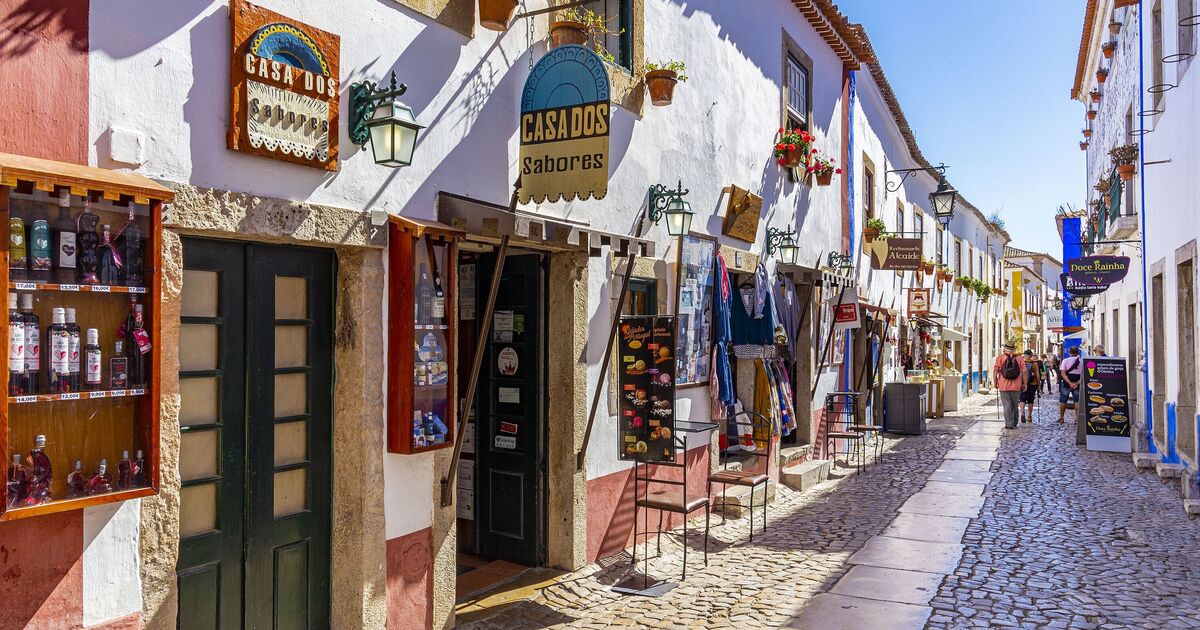There is a stunning hidden gem tucked away in central Portugal that combines picturesque landscapes with an authentic, laid-back atmosphere that’s hard to find in the main tourist hotspots in the summer.
The appeal of this little corner of the country can be found in its narrow cobbled streets, whitewashed houses decorated with blue and yellow details, and vibrant bougainvillaea spilling from balconies. These features are often seen in other southern European countries, but they often come with the high-season crowds and inflated prices. The best part is that it still maintains its authentic charm, but as a more peaceful alternative to the busier Portuguese cities like Lisbon or Coimbra.
In fact, TikTok user Mari Andreu has compared Óbidos’ beauty to that of Santorini in Greece, which is seen as a more tranquil destination compared to the nearby beach club and nightlife hotspot of Mykonos.
Óbidos’ stunning backdrop features a well-preserved medieval castle, which has been converted into a pousada, or historic hotel, with panoramic views that are “postcard-perfect,” as described by Dimitris Floros, CCO at Welcome Pickups.
Dimitris explained the appeal of this charming town as a detour destination, saying: “While compact, [the town] is packed with character, making it ideal for a half-day stop or overnight stay.”
And for those on a budget, it might be a pleasant surprise to find out that a pint of beer here costs as little as £2, especially compared to the £3 average in Lisbon.
But there is so much more than just delicious food and cheap beer in this town, which has a long history that dates back to pre-Roman times when it was settled by the Celts before becoming a Roman town, and the Moors fortified it in the 8th century.
Óbidos was taken from the Moors in 1148 by the first King of Portugal, Afonso I, and it played a strategic role in the defence of the newly formed Portuguese kingdom.
In 1210, King Afonso II gifted Óbidos to his wife, Queen Urraca. This tradition of gifting the town to the queens of Portugal continued for centuries, earning it the nickname “Town of the Queens.”
The town flourished during the reign of King Manuel I in the 16th century, which is reflected in its rich architectural heritage, including Manueline doorways and the impressive aqueduct built to supply water to the town.

